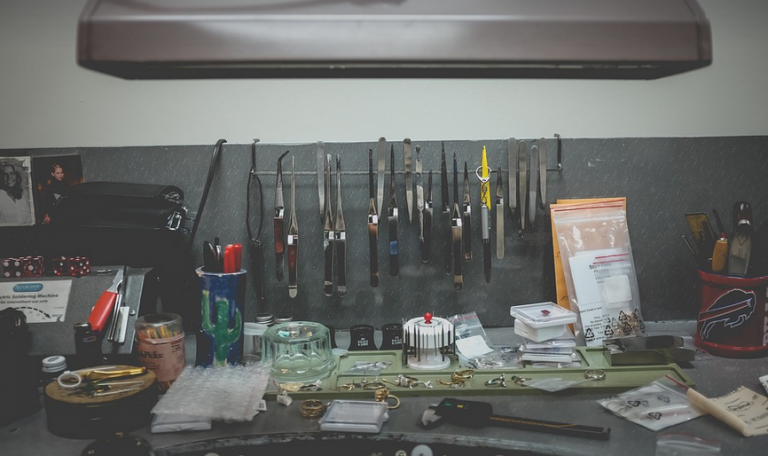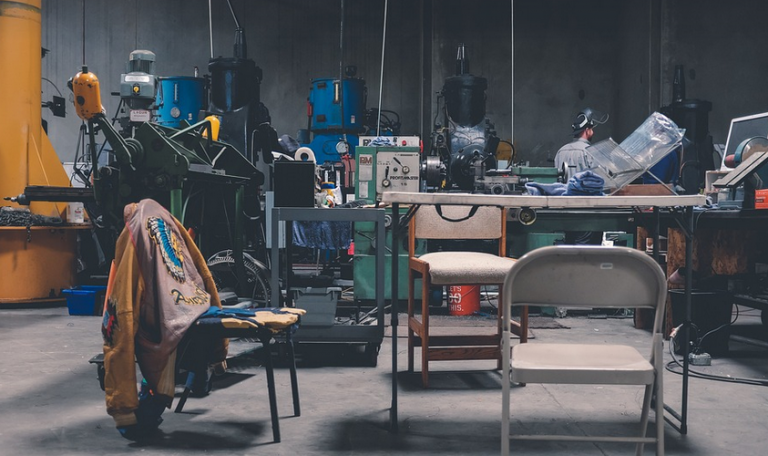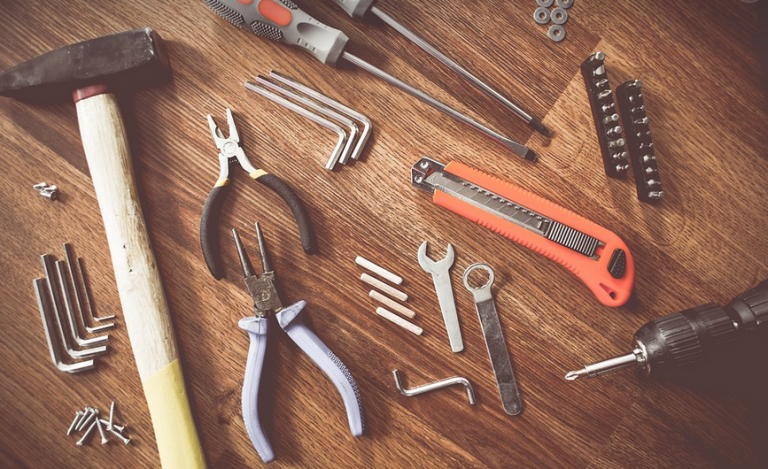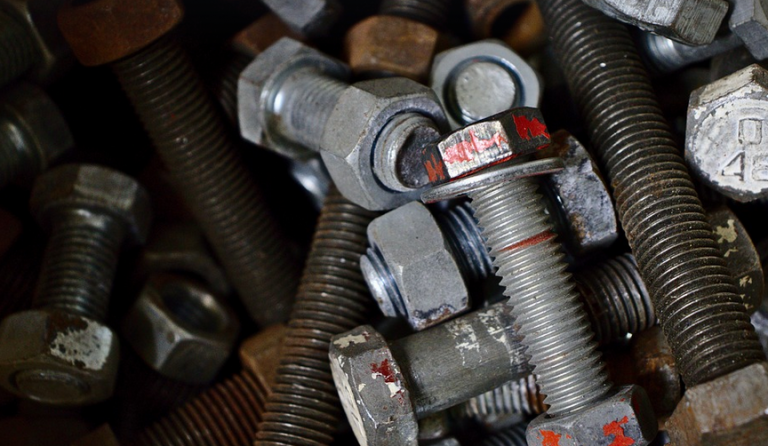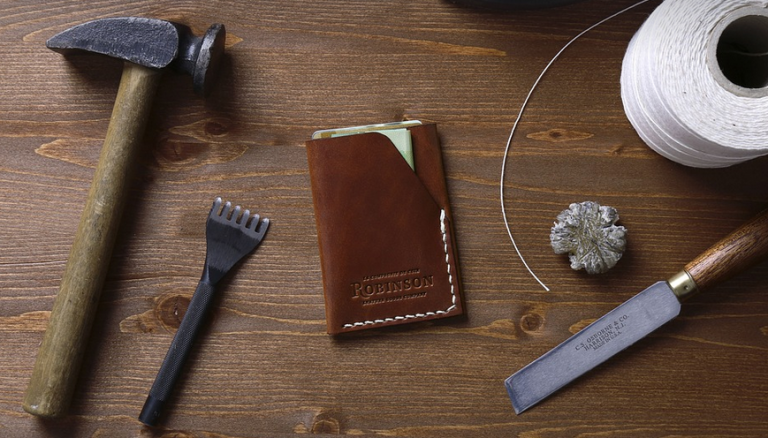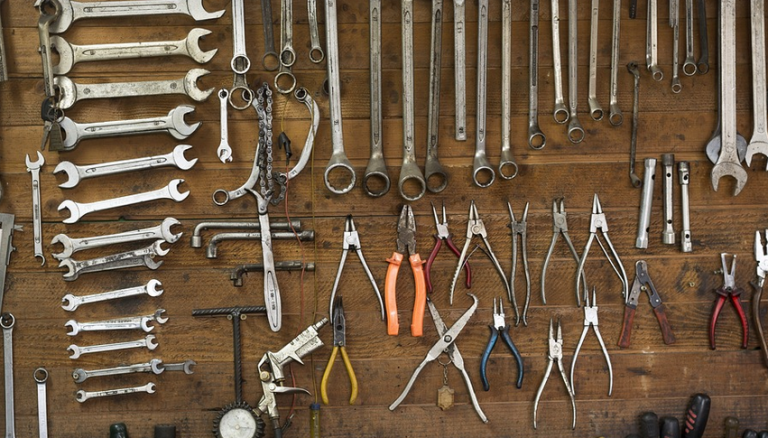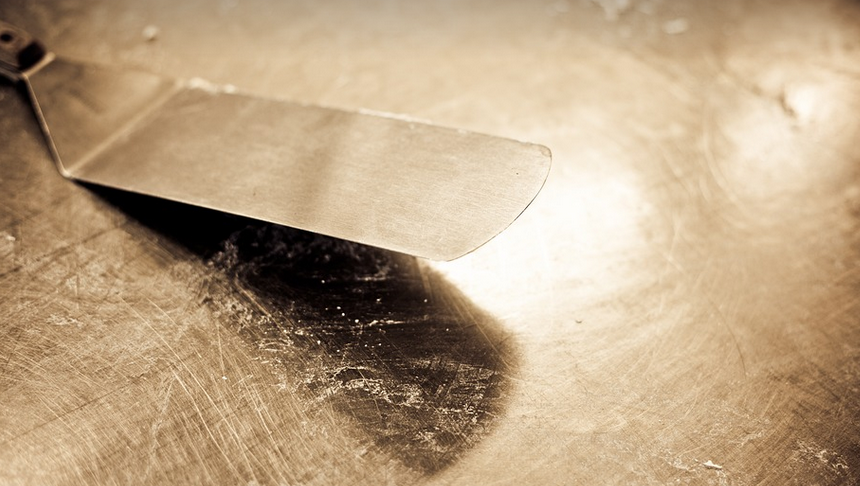
The Importance of Sharp Nippers
Getting a perfect, clean snip is crucial in many crafts and hobbies. Whether you’re meticulously trimming wire for jewellery or tackling intricate paper crafting projects, having sharp nippers is essential for achieving the desired results. Dull nippers, however, can lead to frustrating tearing, uneven cuts, and even damage to your materials.
A properly sharpened nipper offers a smooth, precise cut with minimal effort. The result is clean edges, allowing you to create beautiful, polished crafts without wasting time or causing unnecessary frustration.
Why Sharpen Your Nippers?
There are multiple reasons why sharpening your nippers is crucial for your crafting endeavors: * **Smooth Cuts:** A sharp blade ensures a smooth, effortless cut with minimal resistance. You’ll experience less strain on your hand and achieve cleaner cuts, ensuring precision in delicate projects like paper crafts or jewelry making.
Imagine trying to cut through thin wire with dull nippers. The resistance will be noticeable, leading to uneven edges, jagged cuts, and even a higher chance of breaking the wire. Sharpened nippers make this process far easier.
* **Increased Efficiency:** Sharp blades facilitate faster, more efficient work. With less effort needed for each cut, you can complete your projects quicker and with greater speed. This translates to saving time and energy, especially when dealing with multiple tasks or complex designs.
* **Improved Crafting Experience:** Sharpened nippers significantly enhance the overall crafting experience. The satisfaction and joy of achieving perfect cuts contribute to a more enjoyable and productive crafting session.
Tools & Techniques for Sharpening Nippers
You can sharpen your nippers using different techniques, ranging from simple hand-sharpening to more advanced equipment like electric sharpeners. However, regardless of the method chosen, there are some general guidelines that apply to all sharpening methods
Types of Nippers and Their Sharpening Needs
Hand-Sharpened Nippers
For basic nippers, hand-sharpening offers a cost-effective and readily accessible solution. Here’s how you can do it:
* **Gather Your Supplies:** You will need a honing steel (a metal rod with a smooth surface), sandpaper in various grits (e.g., 200, 300, 500, 600, and 800 grit for finer sharpening) and your nippers of course.
* **Prepare the Honing Steel:** Hold the steel firmly with a vice or clamp, ensuring it’s free to move without wobbling. * **Begin Sharpening:** Hold the nipper on the honing steel at a 20-degree angle. Gently run the nipper along the steel in short strokes, focusing on one specific side of the blade. Repeat this process until your nippers are no longer dull.
Using an Electric Nipper Sharpener
For those with more advanced needs, electric nippers sharpeners offer a faster and easier alternative. Here’s what you need to do:
* **Select the Right Sharpener:** Choose an electric nipper sharpener that is designed for your specific type of nipper, ensuring it can handle the material and shape of your snips. * **Follow Manufacturer Instructions:** Refer to the user manual for detailed instructions on how to use your electric nipper sharpener.
Maintaining Sharp Nippers
Sharpening is only one step in maintaining a good quality pair of nippers. To ensure long-lasting sharpness, follow these tips:
* **Regular Cleaning:** After each use, clean your nippers using a mild soapy solution or even just water and remove any debris that may have accumulated on their blades. * **Store Properly: ** Keep your nippers in a dry place where they won’t be exposed to moisture or harsh conditions that might dull them faster.
“` **Please note:** This is a sample blog post outline. You can expand upon paragraphs with more information, including images and links as needed!
